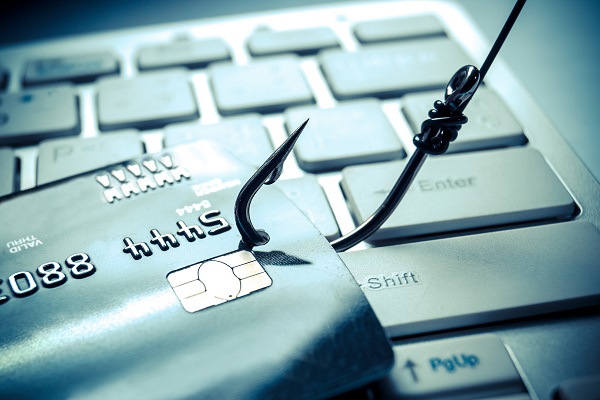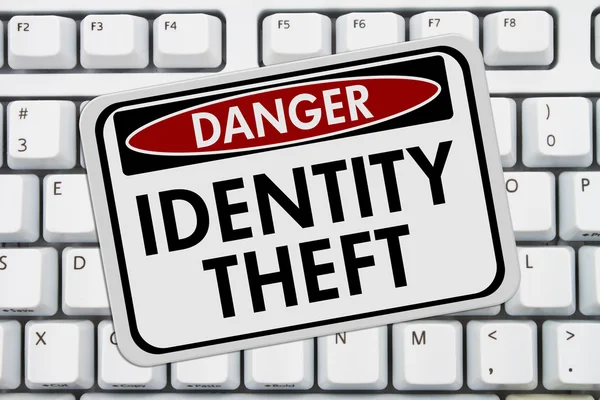Identity theft is a serious crime that can cause financial and emotional distress for victims. If you have become a victim of identity theft, it is important to take immediate action to protect yourself and your finances. Navigating the legal process after identity theft can be overwhelming, but it is essential to ensure that the thief is held responsible for their actions and that you are not held liable for any fraudulent charges or loans taken out in your name.
Step 1: Report the Identity Theft

The first step in navigating the legal process after identity theft is to report the theft to the proper authorities. This includes filing a police report and notifying your bank and any other financial institutions where you have accounts. You should also report the theft to the Federal Trade Commission (FTC) by filing a report on their website or by calling their toll-free number. These reports will create a record of the theft and can help you prove that you are not responsible for any fraudulent charges or loans.
Step 2: Freeze Your Credit
Another important step in navigating the legal process after identity theft is to freeze your credit. This will prevent the thief from opening any new accounts in your name. You can freeze your credit by contacting each of the three major credit bureaus (Equifax, Experian, and TransUnion) and requesting a freeze. You will need to provide personal information and may need to pay a fee to freeze your credit. Once your credit is frozen, you will need to contact the credit bureaus again to unfreeze it when you are ready to open new accounts.
Step 3: Monitor Your Accounts
It is important to monitor your accounts regularly after identity theft to ensure that there are no new fraudulent charges or loans. You should also review your credit report regularly to check for any accounts or loans that you did not open. You can obtain a free copy of your credit report from each of the three major credit bureaus once per year by visiting AnnualCreditReport.com. If you notice any fraudulent activity on your accounts or credit report, you should report it to the proper authorities immediately.
Step 4: Consider Legal Action
If you have suffered financial or emotional damages as a result of identity theft, you may be able to take legal action against the thief. This could include filing a civil lawsuit or working with law enforcement to bring criminal charges against the thief. It is important to consult with a qualified attorney who specializes in identity theft cases to determine the best course of action for your situation.
Identity theft can be a devastating experience, but taking immediate action and navigating the legal process can help you protect yourself and your finances. By reporting the theft, freezing your credit, monitoring your accounts, and potentially pursuing legal action, you can hold the thief responsible for their actions and ensure that you are not held liable for any fraudulent charges or loans. Remember to seek the advice of a qualified attorney who specializes in identity theft cases to help guide you through the legal process.









